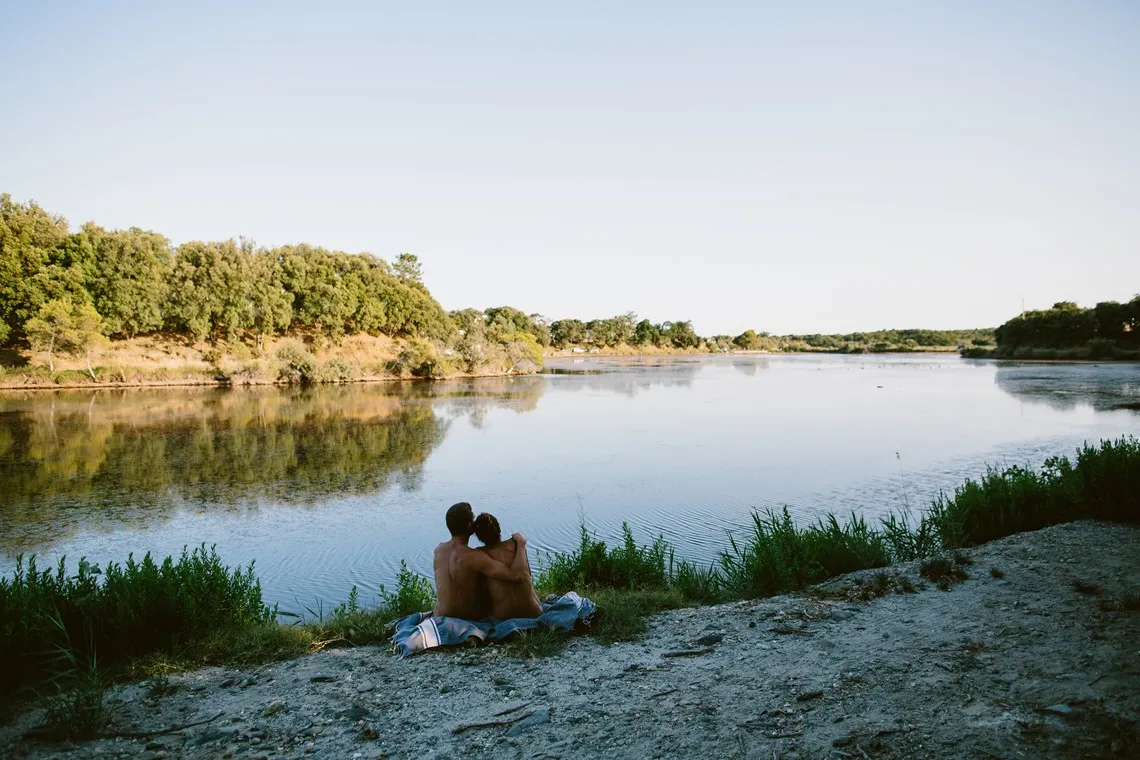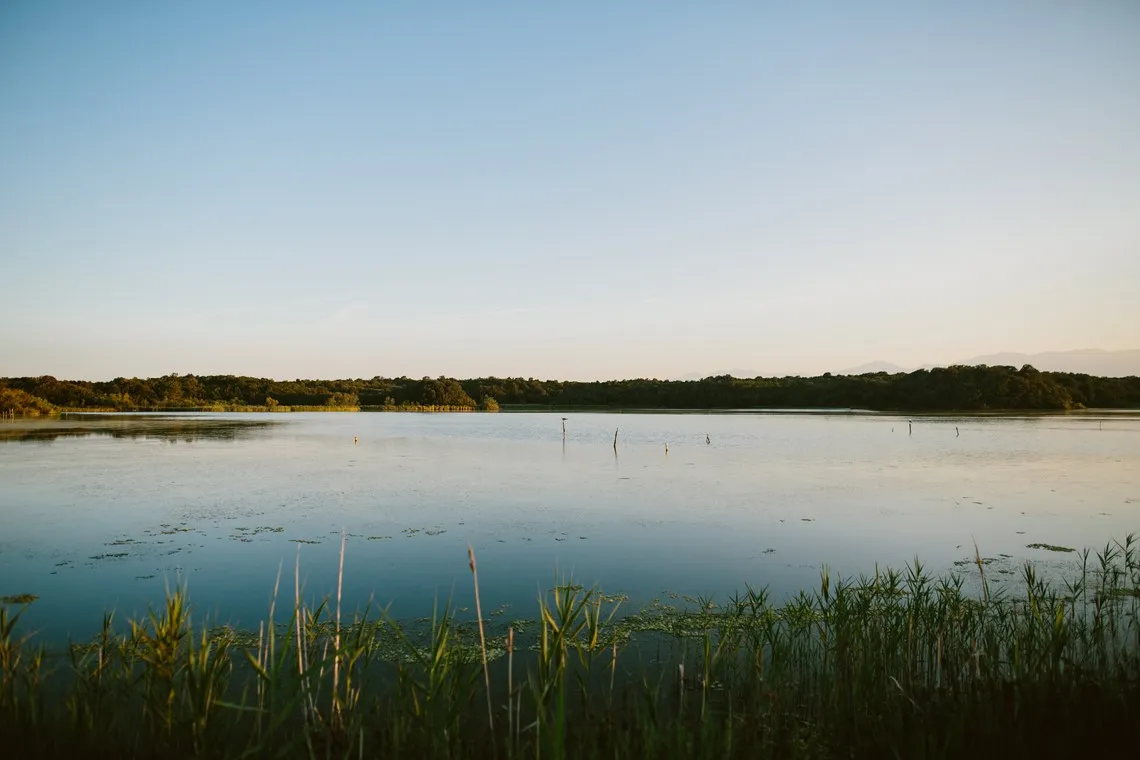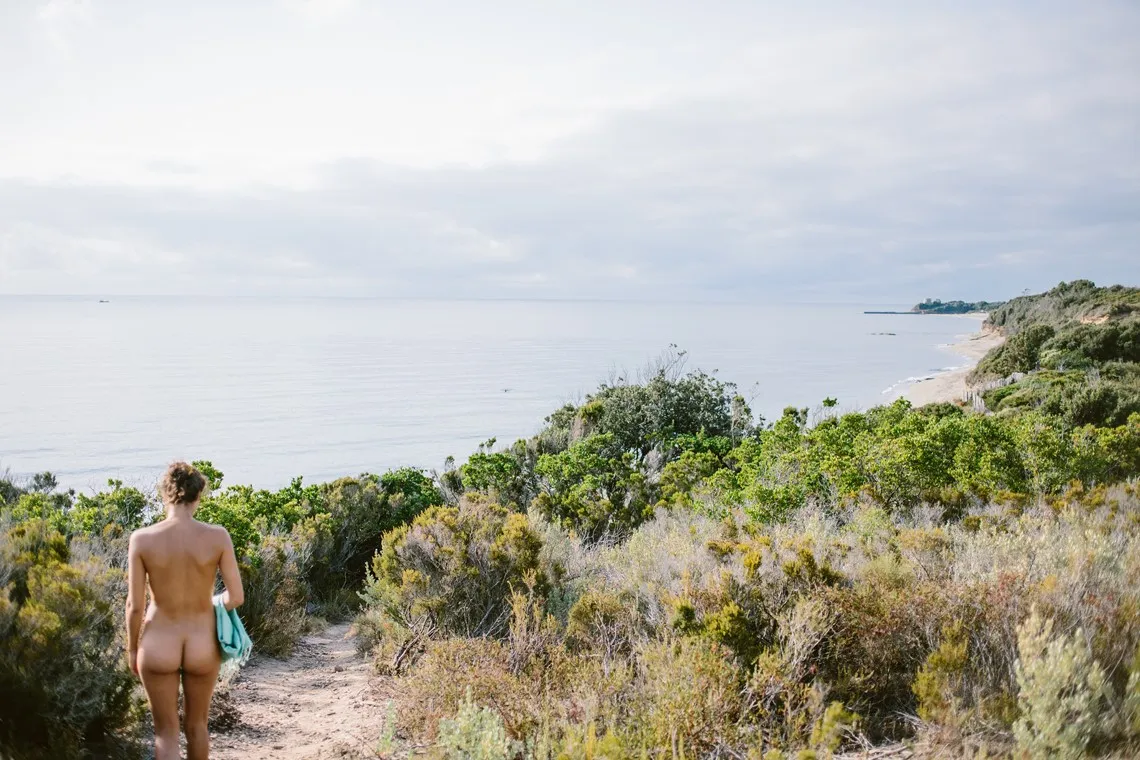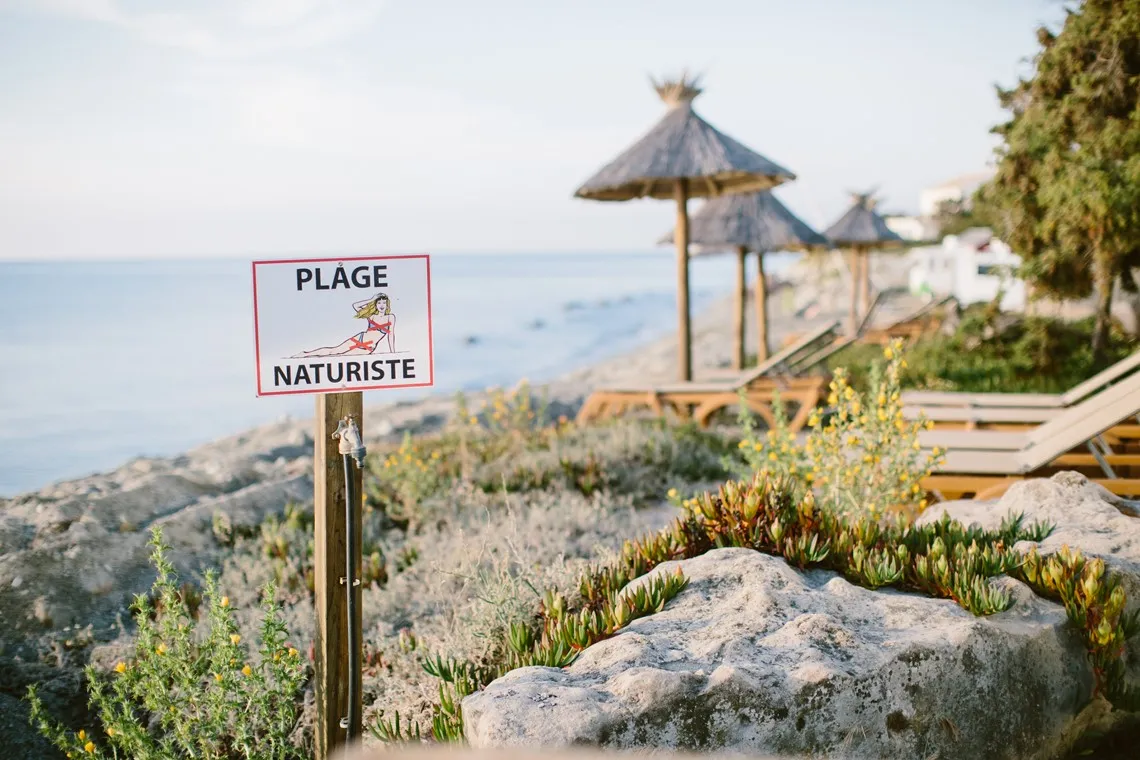YOUR NATURE CAMPING STAY IN CORSICA
The protection of natural areas
Are you interested in ecological tourism? Our naturist campsite in Corsica is the perfect example of an ecologically responsible tourist destination. We are constantly working to protect the natural beauty of our site, which includes dunes, beaches, maquis scrubland, a salt lagoon and many endemic plant and animal species.
The Riva Bella nature campsite has been awarded the "Camping Qualité" labels, and is in the process of obtaining the "Eco-Label".
In collaboration with the Conservatoire du littoral de Corse, Riva Bella strives to protect and preserve various sites. This includes limiting tourist activity to sustainable levels, educating the public about ecotourism and campaigns to restore and revegetate the dunes.
Camping close to nature
The Terrenzana salt lagoon is located at the heart of the estate. From there, the holiday village, the campsite and the infrastructures such as the thalasso and the Riva Bella Côté Plage restaurant are spread to the north. The west is occupied by a vast expanse of wild maquis. To the east is Riva Bella´s long beach, bordered by the Mediterranean Sea. From our Corsican nature campsite, be close to beautiful beaches such as Santa Giulia or Palombaggia, close to Ile Rousse or the Lavezzi Islands. Located in a shady park in preserved nature, the family campsite is a real haven of peace. You are only steps away from the Aléria town centre in Haute-Corse and from Porto-Vecchio and the most beautiful beaches around. For a weekend or a long holiday, book a camping pitch or a bungalow for a stay with children's club in July and August, at the foot of the cork oaks.
Terrenzana saltwater lagoon
Due to its saltwater content, Terrenzana lagoon,located at the edge of the Corsican nature campsite, does not attract mosquitos. Moreover, the presence on the domain of geckos and frogs who feed on them reduce their population further..
The lagoon is an important habitat for ecological diversity. It has retained its natural character. Its preserved vegetation is representative testimony of the past natural landscapes of the eastern plain.
This estuary-type lagoon sometimes has access to the sea. A relatively large supply of fresh water prevents it from reaching very high salinities.
This tectonically formed estuary includes :
- banks covered with rushes;
- salty meadows (enganes) to the south
- reed beds in the north;
- sparse hygrophilic woodland around the pond (tamarisk and alder);
- a coastal wood with juniper trees;
- low maquis scrub with strawberry trees, rockrose, rockrose,filaires, heather and rosemary in the south and west of the area on better drained land;
- a widgeon grass (ruppia) meadow and brittlewort freshwater algae growing the lagoon.
The alder grove near the Riva Bella road is of great botanical interest due to the presence of several rare species, such as the large-leaved buttercup, the ophioglossus buttercup and, more particularly, the elegant Nivéole (snowdrop), a species of great heritage value. In addition, at the extreme south-east of the site on the coastal zone there are colonies of false laceflower (Faux orlaya).
If you are interested in herpetology, this is the place for you! Our nature campsite in Corsica offers many opportunities to observe Hermann's tortoise. For birdwatchers this area is a must as it offers an optimal environment for various species of water birds. It is not only a nesting place, but also a stopover point for migratory birds. You can expect to see sandpipers, herons, flamingos, wild swans, ducks and coots/moorhens, among others, if you visit at the right time of year.
The Corsican maquis
Maquis is a plant formation lower than a forest, very dense, consisting mainly of drought-resistant shrubs. Typical of the Corsican landscape, it is composed of several plant species including strawberry bush, myrtle, white and pink rockrose, tree heather, holm oak, filaria and mastic grass.
Along the coastline and on the warmest slopes there is an area where scrub and garrigue intertwine. This is the exotic flora. Prickly pears, American agave, aloe, eucalyptus and citron trees can be found here. There are rockrose, calicotomes (a kind of broom), arbutus (strawberry tree), juniper, myrtle, mastic grass, asphodels, thistles and cyclamen, immortals, lavender, rosemary and fragrant thyme. And of course, holm oaks and cork oaks blend majestically with the Corsican maquis.
The dune
The barrier beach is home to a variety of vegetation. Groves of large-fruited juniper (Juniperus oxycedrus subsp macrocarpa) grow on the lido, a species that is not very common on the Mediterranean coast and is not found on the mainland. Along the beach, one can also find the false cytis, the sand daisy, the maritime Crucianelle, the marine alfalfa, the prickly Sporobola, the beach Elymus, the maritime Diotis...
Endemic or wild species that need to be taken care of, not to be uprooted or trampled, they help us to fight against the erosion we are facing.
Revegetation of the dunes
Riva Bella is committed to actively preserving and protecting sites Revegetation of the dunes
With the precious help of the Corsican National Botanical Conservatory, we are able to respect one of our commitments in terms of preserving natural spaces, which consists of the revegetation and restoration of disturbed environments, as part of the fight against the retreat of the coastline.
Faced with the invasion of the site by exogenous invasive species, this action is developing along two lines:
- eradicating these invasive species
- recreate an adapted plant cover to try to restore the dune environments as well as possible and thus try to reduce (as far as possible) the effects of erosion.
More than ever, we need more people to get involved with us in this activity. If you wish to participate, we present here various practical techniques as well as a presentation of the species present on the environments we are working on: invasive species on the one hand and those that can be used in the framework of revegetation on the other.
Invasive species
Among the exogenous species that invade dune environments pigface (witches' claws in French) is one of the most pernicious. Introduced to the Mediterranean coastline for their resistance as well as for the beauty of their flowers, these creeping fatty plants have adapted so well to their environment that their presence on the site ends up making biodiversity and ecosystems vulnerable.
Pigface forms creeping stems, sometimes more than 3 metres long, on which fleshy, water-loving leaves grow. They flower between April and May, and are always an exceptionally beautiful sight. It is easy to be captivated by these plants, which form "flower carpets" that bloom during the day and close at night. You will also fall in love with the variety of colours, from purple to white. After the flowering period, the first fruits with seeds appear.
Although the beauty of the flowers is one of the characteristics of pigface, these creeping plants are known above all for their incredible robustness. Almost indestructible and easily adaptable to their environment, they thrive even in drought or severe temperature fluctuations. They also need virtually no soil to grow, as they thrive without difficulty on stony sites. Unstable soils are the few places where these plants cannot grow, due to their weak root system.
Another reason for the ubiquity of pigface is that various animals such as birds and rats contribute to their expansion in the wild. They spread so quickly that they end up invading their environment, making native species vulnerable. Our first action is therefore to put certain sectors on a defensive footing, with the removal of carpobrotus in certain areas when the adapted species are already present. The aim is to allow these species to spread rapidly, thus offering natural and effective protection for fragile ecosystems.
Adapted species
Our second action consists in encouraging the multiplication of species adapted to the dune environment. Two techniques can be used, depending on the species: either sowing or cutting.
Direct sowing of species harvested on site:
Seeds are harvested in the summer and stored in a cool dry place until sowing in the autumn.
Suitable species : Lotier (Lotus cytysoides), Sand daisy (Anthemis maritima), Crucianella (Crucianella maritima), as well as all species present on the foredune from which seeds can easily be collected.
Cutting :
A cutting is a piece of plant which has been detached from a mother plant and then replanted in a suitable environment. It can then give birth to a new plant thanks to the appearance of roots or aerial organs. The technique is effective in revegetating entire dune areas, especially as cuttings, like pigface, adapt easily to their new environment and therefore spread rapidly. Cuttings are also made in the autumn and are suitable for several species.
Species concerned : sea alfalfa (Medicago marina), prickly sporobolus (Sporobolus pungens), sand couch (Elytrigia juncea), cottonwead (Achillea maritima).
The various actions we are involved in are intended to restore dune environments and preserve native species threatened by invasive plants. The aim is to eventually replace the pigface.
For the back dunes, trees and shrubs such as Phoenician juniper (Juniperus phoenicea) and rosemary (Rosmarinus officinalis) are the preferred plants.
The Corsica nature campsite promises you a beautiful holiday in a pleasant environment, conducive to relaxation and a change of scenery. During your stay, you will have the chance to discover the most beautiful landscapes of the island, including wonderful places like the Lavezzi islands, the seaside resort of Porto-Vecchio, Ile-Rousse or the dream beaches of Santa Giulia and Roccapina. You are even luckier as this holiday takes place in a well-preserved natural environment.











